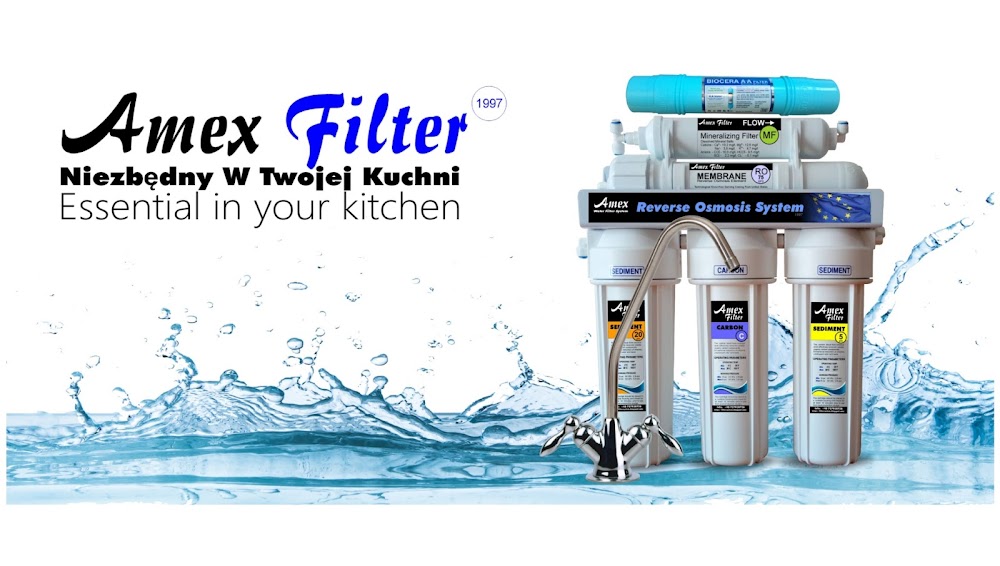Water Softening Filters eliminate the stubborn, constantly flowing white precipitate. This precipitate is two minerals (calcium and magnesium) dissolved in large quantities practically in every municipal aqueduct. Most commonly found in the form, colloquially called "limescale". With the current "limescale" fight every family, every household. The "limescale" begins to settle everywhere. In pipes with hot and cold water. On washbasin mixers, shower stalls, tubs, kettles, coffee machines, boiler ovens, etc.
The "limescale" starts to settle because the amount of calcium and magnesium dissolved in water starts to exceed 60 mg / l. Water in urban waterworks usually exceeds 120 mg / l and more. It will not help to clean and desiccate all equipment that gets hard water. It will only help to eliminate calcium and magnesium from the water. The above table shows the water hardness measured in mg / l (milligrams per liter). From 0 to 60 we have soft water, from 60 to 120 we have moderately hard water, 120 to 180 hard and above 180 very hard. In order for the stone to settle on us and we would never have to scrub heavy sediments anymore, we have to convert hard water into soft water.
Water Softening Filters are used for this purpose. Called softeners reduce calcium and magnesium levels to less than 60 mg / l of soft water. Such reduction causes the limescale not to occur. There are no sludge and all fittings are shining. In the figure above, we show the plasticizer in cross-section and the principle of its operation. Hard water into the plasticizer is trapped by a special filter bed acting as a magnet.
Hard calcium and magnesium ions stick to the bed during the flow of water. We separated the limescale from the water. Only the problem of removing calcium and magnesium deposits sticking to the filter bed is just a problem. Salt water is used for this purpose. Each water softener is equipped with an additional saltwater tank - brine. This brine cyclically dissolves the accumulated rock from the deposit and discharges it into the sewer. As a result, we have soft water in the range of 0 to 60 mg / l. With such reduced water we will never see "limescale again".





No comments:
Post a Comment